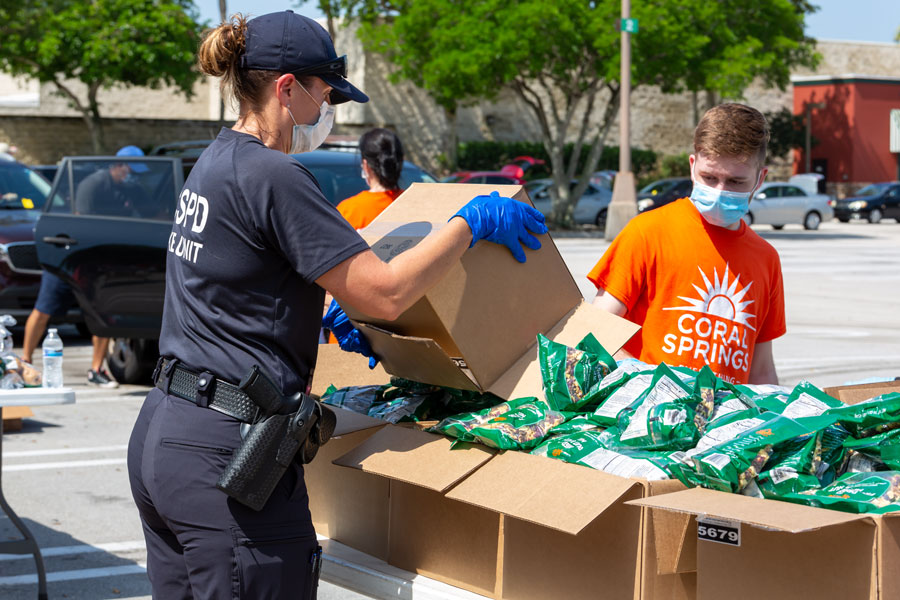
WEST PALM BEACH, FL – Poverty is one of America’s most vexing and poignant issues—what causes it, why does it persist, how can we end it, what defines it, and just how many people are poor? To take a look at state-level poverty, Stacker analyzed the U.S. Census Bureau’s five-year population estimates from the 2014-2018 American Community Survey (ACS) to show the breakdown of poverty across America.
Florida statistics:
- Overall state poverty rate: 14.8% (2,983,851 people)
- Child poverty rate: 21.3% (870,505 people)
- Race/ethnicity poverty rates:
- Asian American: 12.5% (69,002 people)
- Black Americans: 23.5% (750,616 people)
- Hispanic/Latin Americans: 18.9% (965,888 people)
- Native Americans/Alaskans: 18.1% (10,177 people)
- White Americans: 10.5% (1,152,678 people)
- Counties with the highest poverty rate:
- #1. Hamilton County: 29.5% (3,243 people; 99.4% above state)
- #2. DeSoto County: 28.5% (9,824 people; 92.2% above state)
- #3. Madison County: 28.2% (4,603 people; 90.2% above state)
- Counties with the lowest poverty rate:
- #1. St. Johns County: 8.4% (19,660 people; 43.0% below state)
- #2. Sumter County: 8.8% (9,839 people; 40.4% below state)
- #3. Sarasota County: 9.7% (39,255 people; 34.8% below state)
The U.S. FPL is a metric first used in the 1960s that is based on the cost of a minimal food budget multiplied by three on the assumption that food comprises a third of a household’s expenses. The FPL is used as a threshold for determining an individual or families’ eligibility for assistance programs from SNAP benefits to Medicaid. Various social services have different caps for eligibility from 100% of the FPL or higher.
In 2019, the FPL threshold for one person under the age of 65 was an annual income of $13,300; the FPL for a family of five with three kids was an annual income of $30,510.
Some say 200% of the federal poverty level is a more realistic figure for covering the cost of basic needs in the United States. None of the measures captures what is known as episodic poverty, which affects workers with temporary jobs or those in the informal or gig economies.
U.S. by County
U.S. by State
Florida by County
Poverty rates in America also reveal a disturbing racial gap, with Black Americans 2.5 times more likely to be poor than white Americans, according to the Kaiser Family Foundation. Research generally points to causes like poor education systems, workplace discrimination, and high incarceration rates. The coronavirus has reached into that gap, with correlations between poverty and COVID-19 hitting low-income Black communities disproportionately hard. Experts say there is more likelihood of underlying medical conditions that make Black people vulnerable, such as diabetes and heart disease. Those communities tend to have less access to good health care and have higher populations of essential workers who cannot stay home and are forced to stay on the job and risk getting infected.



Comments are closed.